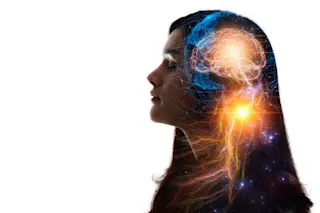If you had to sum up the past 40 years of research on the mind, you could do worse than to call it the Rise of the Zombies.
We like to see ourselves as being completely conscious of our thought processes, of how we feel, of the decisions we make and our reasons for making them. When we act, it is our conscious selves doing the acting. But starting in the late 1960s, psychologists and neurologists began to find evidence that our self-aware part is not always in charge. Researchers discovered that we are deeply influenced by perceptions, thoughts, feelings, and desires about which we have no awareness. Their research raised the disturbing possibility that much of what we think and do is thought and done by an unconscious part of the brain—an inner zombie.
Some of the earliest evidence for this zombie came from studies of people who had ...















